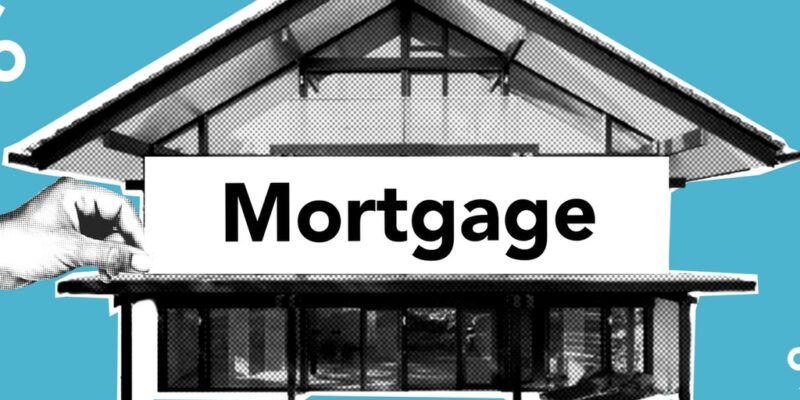Refinancing a mortgage is a smart way to save money. If you refinance your existing loan for a lower interest rate or change the terms, it’s called a rate-and-term refinance. But you can also choose to use your home’s equity to get some cash for renovations, pay off debts, pay for college; it’s called a cash-out loan.
Rate-And-Term Refinance
The simplest option is rate-and-term refinance. Here you don’t get any money yourself, but the fees associated with your loan change. The size of your mortgage remains the same, but you exchange the terms of your current mortgage for better ones.
It’s easier to get a rate-and-term refinance even if you have poor credit because you’re borrowing against the value of your home. So you can qualify for a higher loan-to-value ratio.
Cash-Out Loans
A cash-out refinance is a new and bigger mortgage. You get new loan terms and are given a cash advance against the value of your home. But the terms for cash-out loans are tougher. A lot depends on the equity you’ve built in your home and your credit score. The interest rates also tend to be higher. This makes cash-out loans more expensive. A cash-out refinance can also negatively impact your FICO score.
But if you have a higher credit score and a lower loan-to-value ratio, then you may not be charged any additional costs for your cash-out loan. In this case, the lender will believe your likelihood of defaulting on the loan is the same as if it were a rate-and-term refinance.
Remember, if you’re paying off credit cards, auto loans, or anything that was not originally a part of your mortgage, it will be considered a cash-out loan. It will also be considered a cash-out if you’re consolidating two mortgages, and one of them was a cash-out.
There is, however, an interesting loophole. Your mortgage broker may be able to help you generate a little cash from your refinancing without it being considered a cash-out, thus avoiding the extra fees that come with it. It’s done by taking advantage of the overlap of funds at the end of one loan and the beginning of another. Consult with an expert for this because it is complicated.











Comments